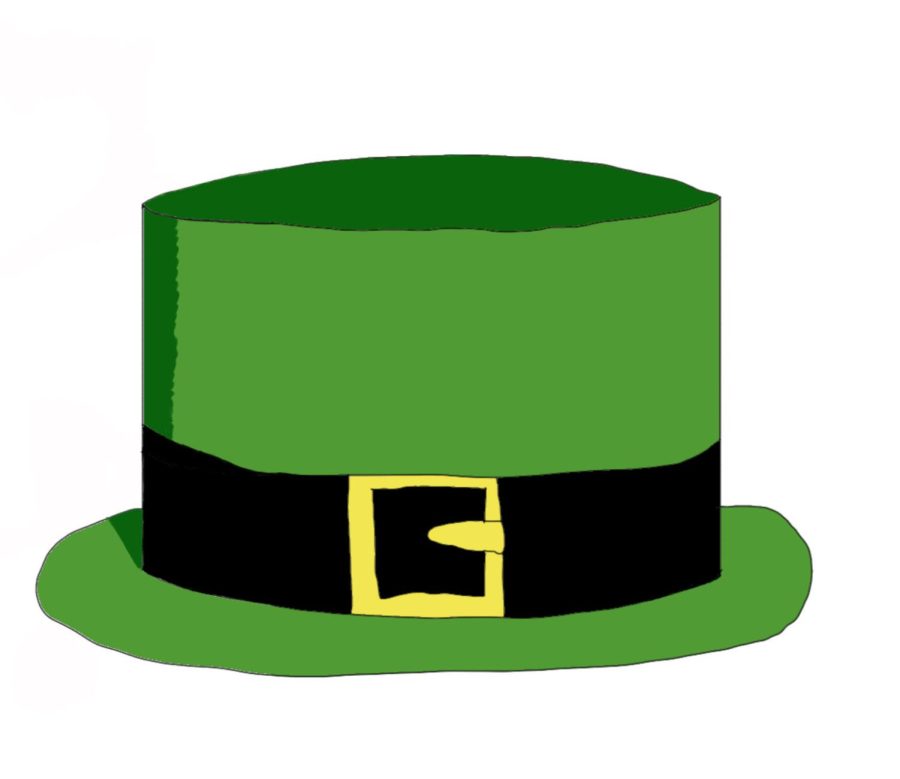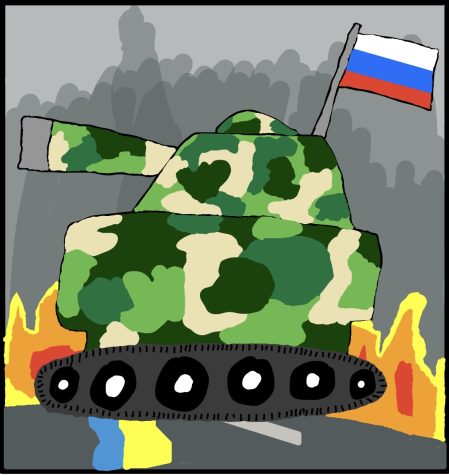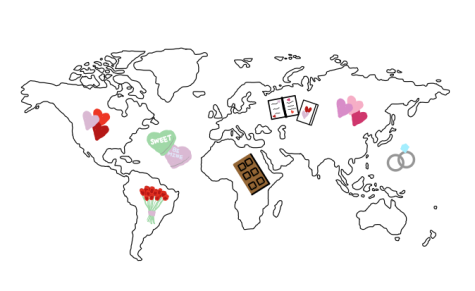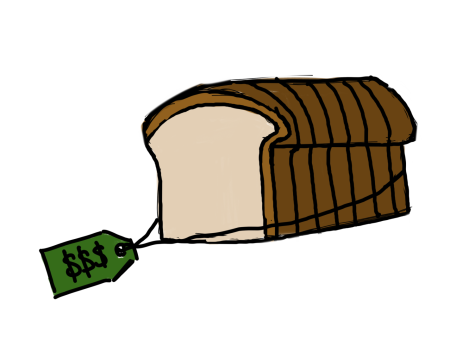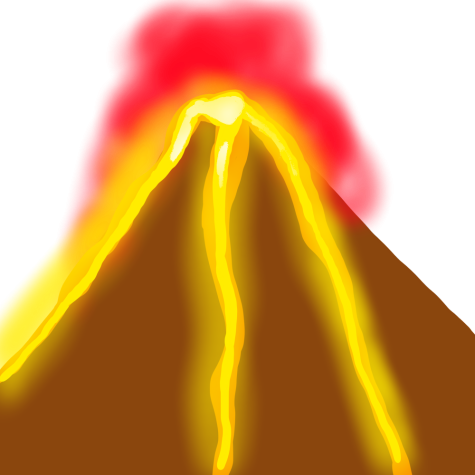The history of an Irish holiday
Saint Patrick’s Day, which is on March 17, has been celebrated for decades, but it was not until recent decades that the holiday became a more grand occasion. This holiday comes from a man from an aristocratic family in Roman Britain at around the end of the fourth century. As a teenager, he was kidnapped by Irish pirates, and as a result, ended up in Ireland. He was held as a slave for numerous years. When he escaped, he returned later as a missionary and converted part of the population of the island to Christianity. After his death, Patrick became the patron saint of Ireland and it was a day to be celebrated. It was until Irish immigrants came to the United States, the holiday became secular and became an Irish celebration.
But going back to the Irish, they have different ways to celebrate Saint Patrick’s Day, but there is one way that the Irish celebrate the same: a big breakfast. They usually have a lot of sausages, bacon, eggs, black pudding and other food that families have as a tradition.
Then, they usually have a Saint Patrick’s Day mass, which could be held from Sunday to Friday depending on the day that March 17 falls on. During these church services, the story of St. Patrick is told and people reflect on what they can learn from him and what he has achieved throughout his lifetime — such as converting Irish people to Christianity. These special services usually tend to go over time and are longer than regular masses. Usually, there are hours with children singing in Irish.
After that, there is a Saint Patrick’s Day parade. The most famous parade takes place in Dublin, where up to half a million people stand in the streets of the capital. This does not mean, though, that there are no parades in other parts of the country. Every city in Ireland has their own parade. These towns and small villages set up their own parades, too. These are not as crowded and are less stressful for smaller-town people, but are just as fun as the normal parades. There are puppets, bands, special guests and community marches at every town and city.
This parade is not just celebrated in Ireland, but it is also celebrated all over the world. After 1845 to 1849, the Irish Famine made millions of Irish leave their homes after the decades of famine. Because of these Irish immigrants, it spread to places like Boston, New York, Newfoundland, Perth, Sydney and many other places. As a matter of fact, the US Census Bureau reports that 24 million US citizens claim that they come from Irish descent. These people still like to pay tribute to their heritage by doing the Saint Patrick’s Day Parade.
“My family is Irish,” said English teacher Ms. Megan O’Neill. “We usually make corn beef and cabbage. We treat St. Patrick’s Day like the 4th of July.”
The earliest record of the Saint Patrick’s Day Parade took place in 1762 was when Irish soldiers were serving in the British Army and held a Parade in New York City. But, the earliest records in Ireland were as early as the ninth and tenth centuries.
At night, there are still smaller parades or some street performers. People can participate by singing, dancing and spending time with one another.
Yet, some traditions still go all the way back to when Saint Patrick was alive. For example, the wearing of the Shamrock was from the oppressed Catholic population when they wanted to demonstrate their defiance to the ruling of the British class. This also came as a sense of community, which differentiated them from the British rulers. The Shamrock also was used to physically show the message of the Holy Trinity, which is still used today. Therefore, wearing a Shamrock is a firm condition that is not just used in Ireland, but throughout the world. This object is probably one of the most recognizable symbols of Ireland.
“I am not sure what the shamrock means, but I think it means faith, hope and love,” said senior Joanna George.
“I thought a shamrock meant luck,” said senior Jane Lee.
Saint Patrick’s Day is a holiday that is now celebrated all around the world. As this celebration draws nearer, it is important to remember where it came from and who it came from. Also, for the evolution of the holiday, it is important to remember one’s heritage, especially if one comes from Irish descent. It is a day to come together as a community and honor not only St. Patrick, but also those who came before us.
Your donation will support the student journalists of Saint Viator High School. Your contribution will allow us to purchase equipment and cover our annual website hosting costs.



